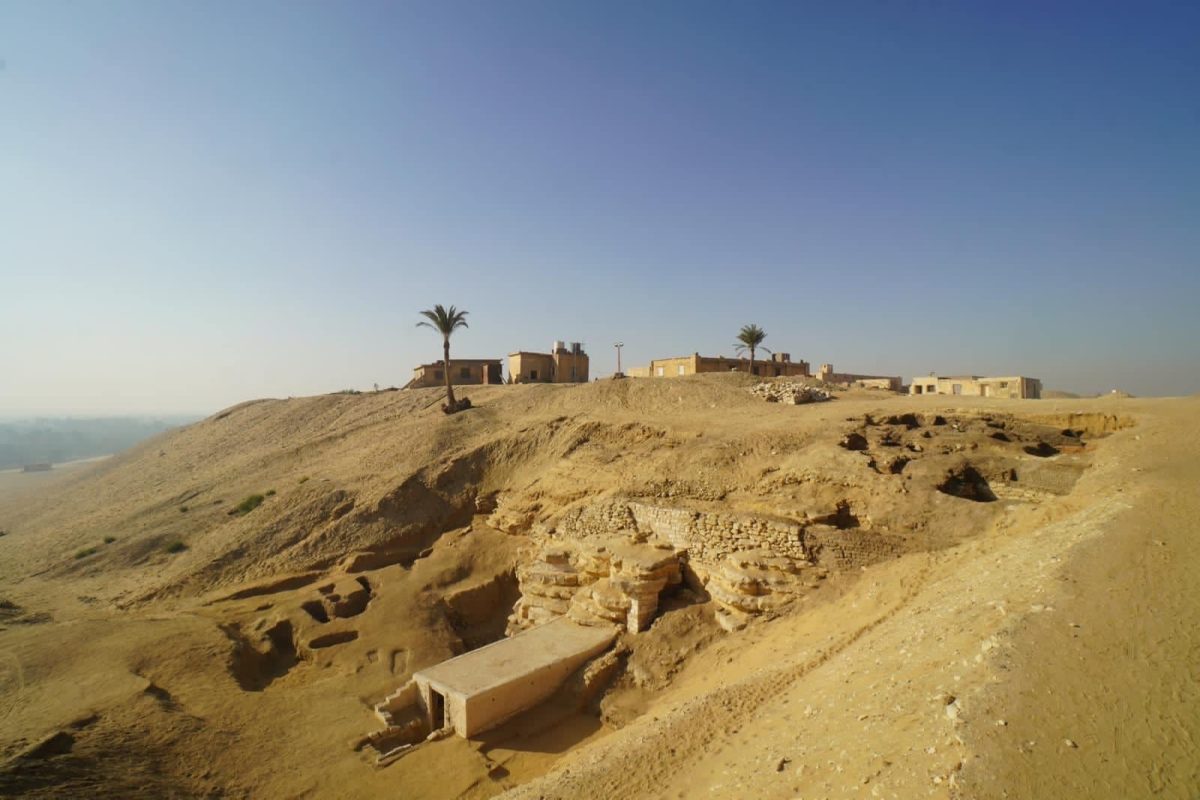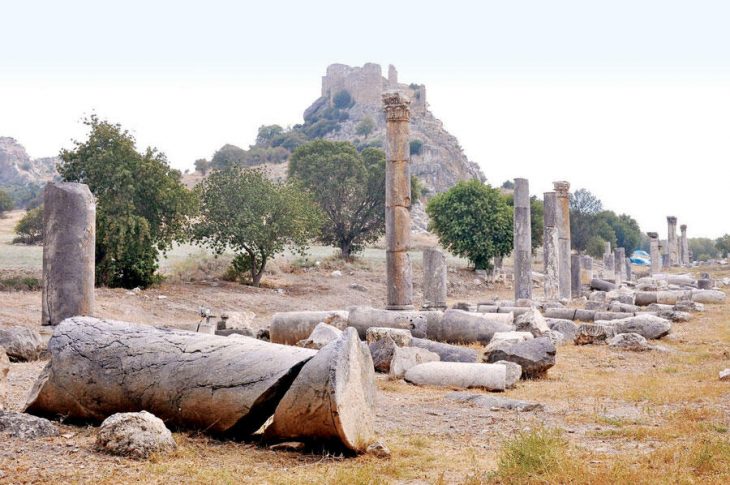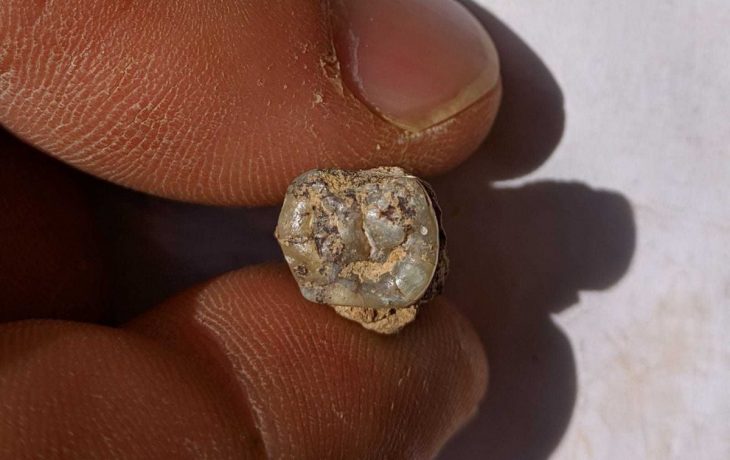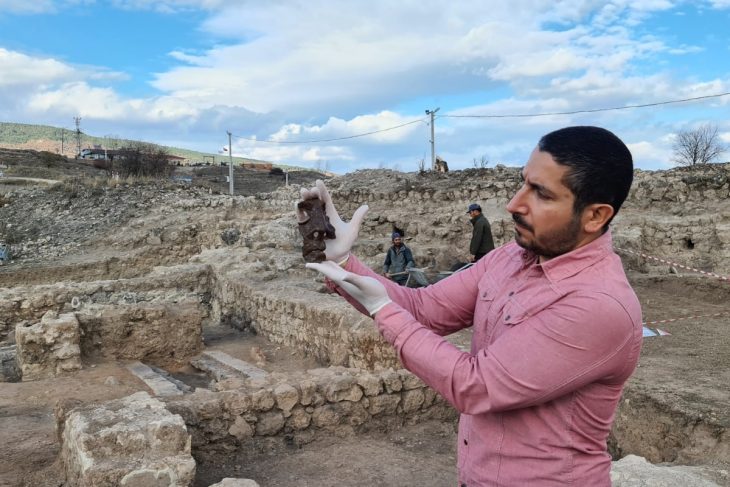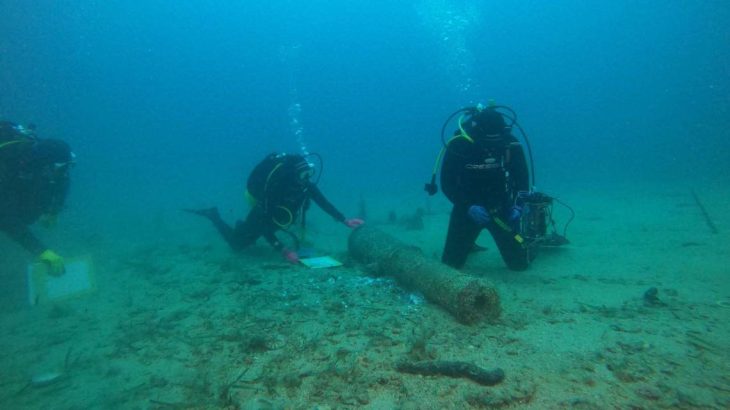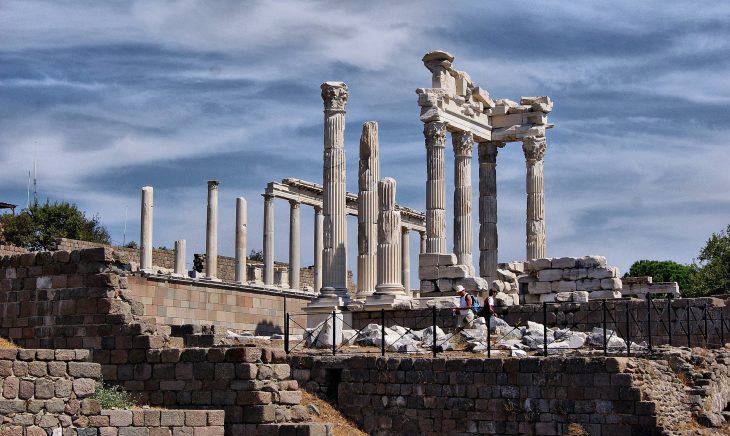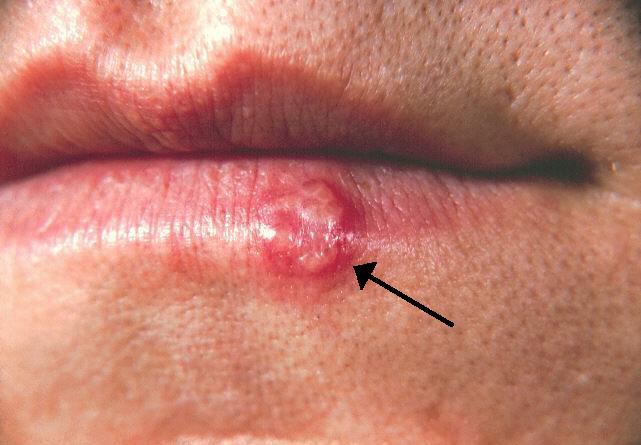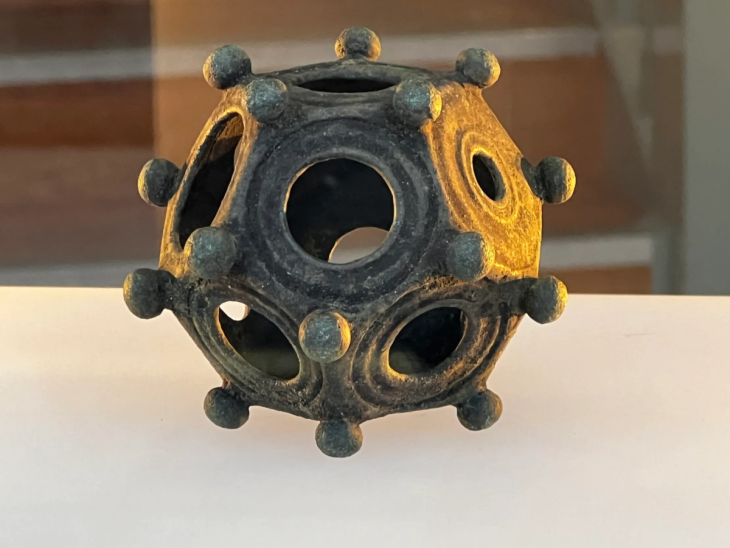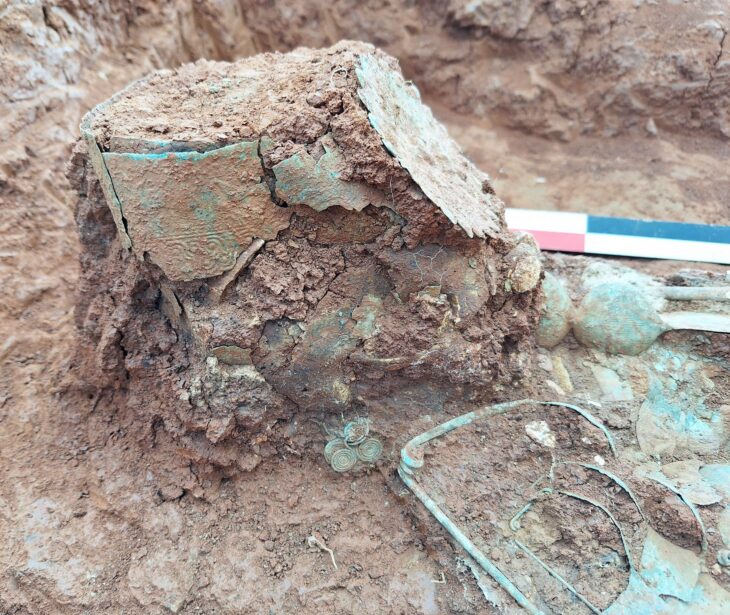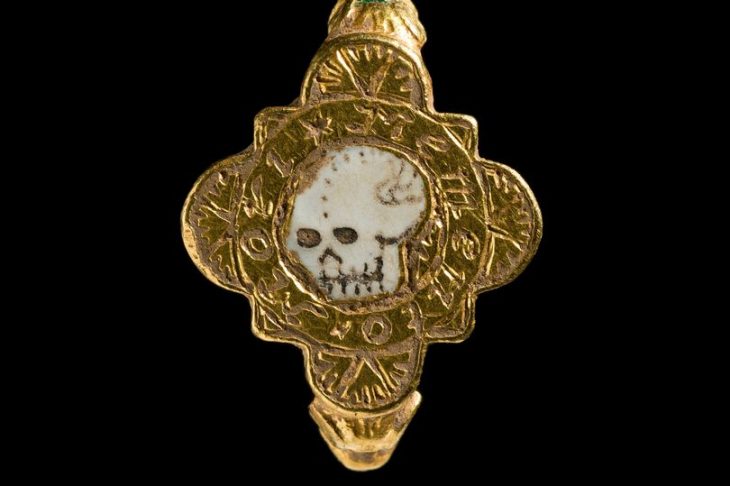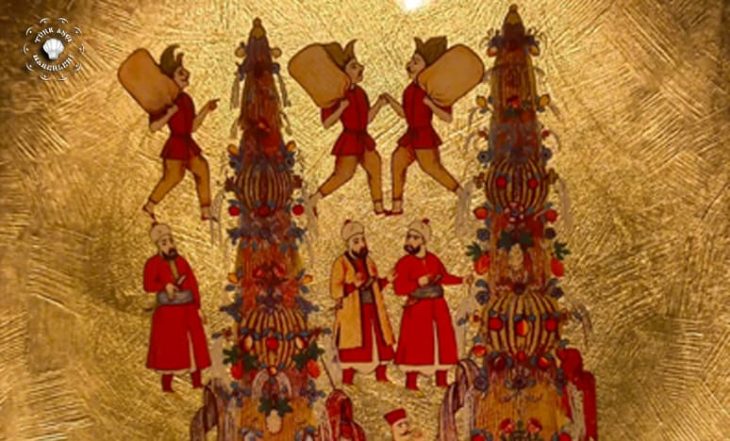A team of Egyptian and Japanese archaeologists has unveiled a rock-cut tomb believed to be more than 4,000 years old and a myriad of artifacts spanning different historical periods during its current excavation season in Saqqara Necropolis.
Waseda University and the Supreme Council of Antiquities (SCA) are conducting a joint study at the Saqqara Necropolis. Egypt’s Ministry of Tourism and Antiquities confirmed the finds on Saturday.
In a Facebook post, the Ministry of Tourism and Antiquities said: “The joint Egyptian-Japanese archaeological mission between the Supreme Council of Archaeology and Waseda University has succeeded in uncovering a rock tomb from the Second Dynasty, a number of architectural elements, burials and archaeological finds in the Saqara region.
“The mission has carried out recording and archaeological documentation of all the archaeological finds found this season.
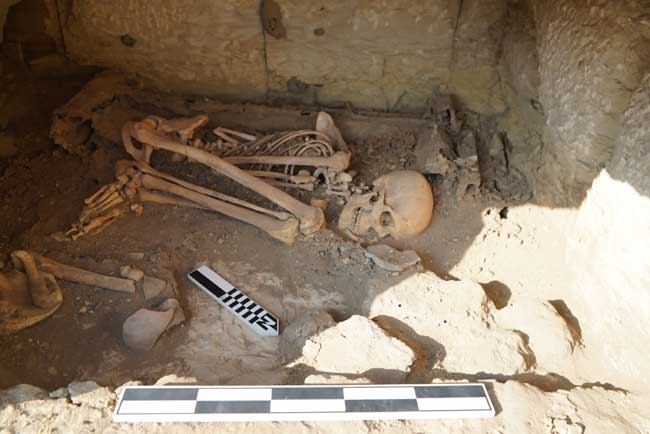
The discovery “provides invaluable insights into the history of this region,” said Nozomu Kawai, head of the Japanese team.
📣 Our WhatsApp channel is now LIVE! Stay up-to-date with the latest news and updates, just click here to follow us on WhatsApp and never miss a thing!!
According to Ahram Online, the discoveries include the remains of a human buried with a colored mask and the burial of a small child, both of which are thought to date back to the Second Dynasty. According to experts, the tomb dates from 2649 to 2150 BC.
The architectural marvel, thought to date back to the Second Dynasty, has intricate designs and provides insight into the craftsmanship of ancient Egyptian builders. The tomb’s design and the pottery discovered within it are important indicators for understanding its historical context.
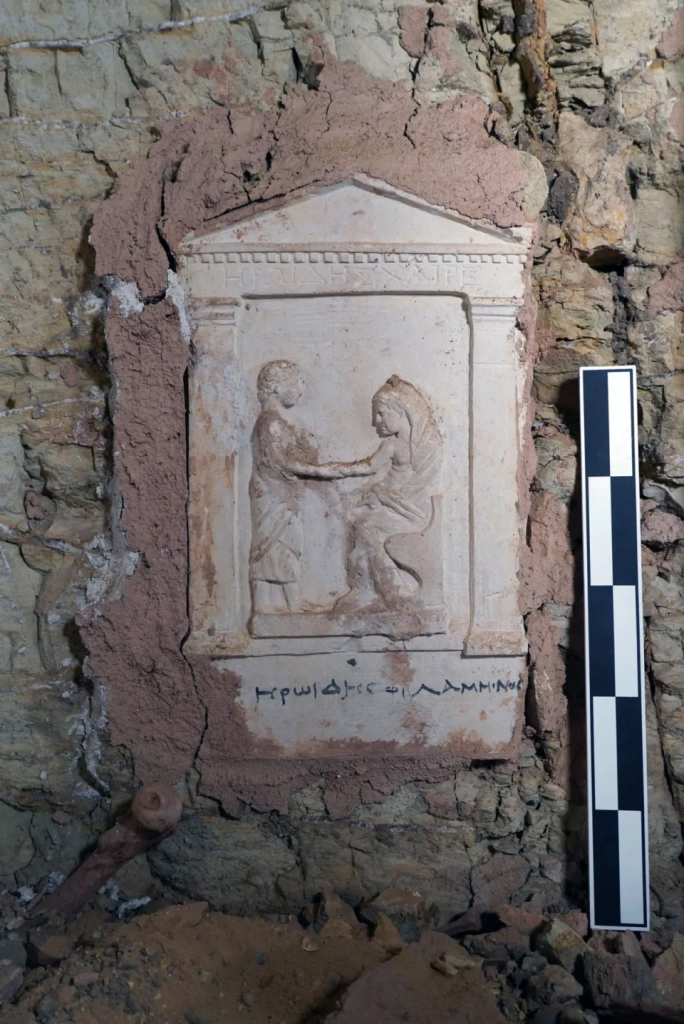
Other artifacts include a coffin from the 18th Dynasty (1550-1295 BC) containing a well-preserved alabaster vessel. Burials from the Ptolemaic eras were also uncovered.
Two terracotta statues depicting the ancient Egyptian goddess Isis, a deity initially prominent in funerary practices, and the child deity Harpocrates, the god of silence and secrets in the Ptolemaic periods were also discovered.

According to Ahram, the trove of discoveries included various amulets, pottery models, and ostraca, which are pieces of broken pottery with hieratic inscriptions (cursive scripts used in ancient Egypt).
Kawai said that the mission has documented all the discoveries. “We hope to uncover more secrets of the Saqqara archaeological site in the upcoming seasons, further enriching our understanding of this historically significant area,” he stated.
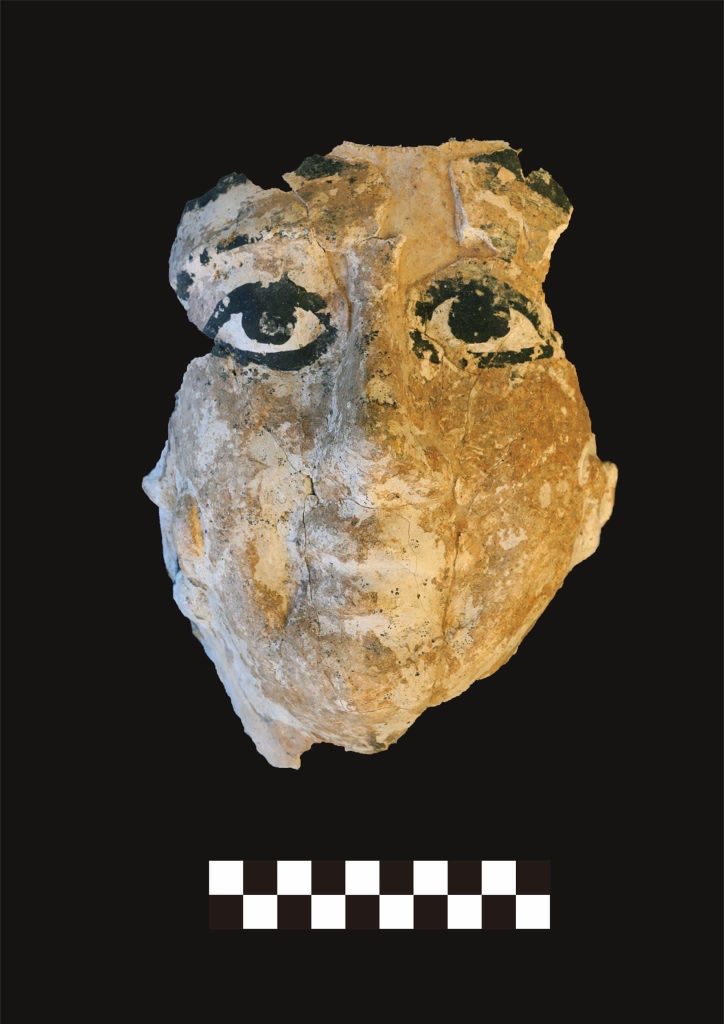
Cover Photo: Egypt Ministry of Tourism and Antiquities

